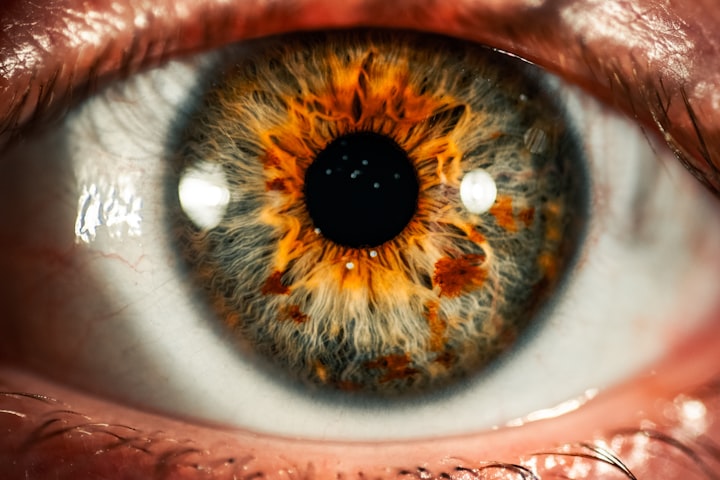What is Testes and cryptorchid and testis structure
Testes and cryptorchid

The testicles, otherwise called balls or male balls, lie behind the penis in a pocket of skin called the scrotum. The testicles move openly in the scrotum yet every testis is connected to the body divider by a slender string called the spermatic rope, which goes through a cavity in the pelvis and into the midsection. The line contains the nerves and veins for the testicles along with the vas deferens, which convey the sperm from the testicles into the urethra; the urethra is the way for sperm to the beyond the body at discharge.
The testicles lie beyond the body and are kept up at a temperature around two degrees Centigrade lower than the body's center temperature. This is because sperm creation and quality are ideal at this lower temperature.
The testicles have two capacities - to create sperm and to deliver chemicals, especially testosterone.
testis structure
Sperm are created in the seminiferous tubules of the testicles. There are around 700 of these cylinders in every testis, each is the length of an arm and the width of a couple of hairs; the entire assortment of tubules is longer than a football pitch! When the sperm is delivered in the seminiferous tubules they pass into the epididymis, a long looped tube in which sperm developed as they are conveyed along with it. They are then fit to be delivered at discharge through the vas deferens.
What chemicals do the testicles deliver?
The primary chemical discharged by the testicles is testosterone, an androgenic chemical. Testosterone is discharged by cells that lie between the seminiferous tubules, known as the Leydig cells. The testicles likewise produce inhibin B and are hostile to Müllerian chemical from Sertoli cells, and insulin-like variable 3 and oestradiol from the Leydig cells.
Testosterone is significant in the principal phases of fostering the male regenerative organs in a hatchling. It additionally causes the advancement of male attributes, for example, the development of beard growth, an extension of the voice, and the development spray that happens during pubescence. Testosterone is significant in keeping up with these auxiliary male attributes all through a man's life. From pubescence onwards, testosterone gives the principal boost to sperm creation.
What could turn out badly with the testicles?
Numerous things can amiss with the testicles; they can be assembled into actual injury and illnesses or conditions that influence the capacity of the testicles:
1. Physical injury - the testicles lie beyond the body and are not safeguarded by muscle and bone so any actual shock (injury) to the testicles can cause extreme agony, swelling, and expansion. Generally, this isn't significant, however seldom a serious injury can make blood spill into the scrotum; this is called a testicular burst. A medical procedure might be expected to fix the break.
One more uncommon type of injury is a 'curved gonad' or testicular twist. This is the point at which the spermatic line becomes curved from a physical issue to the testis or after demanding action. It happens all the more frequently in young men. This twist removes the blood supply to the testis. This is a health-related crisis and a medical procedure is expected to untwist the rope, reestablish the blood supply and save the testis.
2. Diseases and conditions that influence the capacity of the testicles - there are many explanations behind testicular brokenness brought about by infections and conditions:
3. Male barrenness - because of missing or diminished sperm creation or the development of sperm that don't work typically. There can be many causes including hereditary and way of life factors. Men with decreased sperm can go through helped proliferation, (for example, in vitro preparation) with their accomplice. Microsurgical careful sperm recovery is an as of late evolved procedure that can recuperate sperm from men with no sperm (azoospermia); notwithstanding, it doesn't necessarily in every casework, and it isn't broadly accessible.
the disappointment of one or both testicles dropping down into the scrotum before birth, so they stay in the stomach space. Read More Click Here





Comments
There are no comments for this story
Be the first to respond and start the conversation.